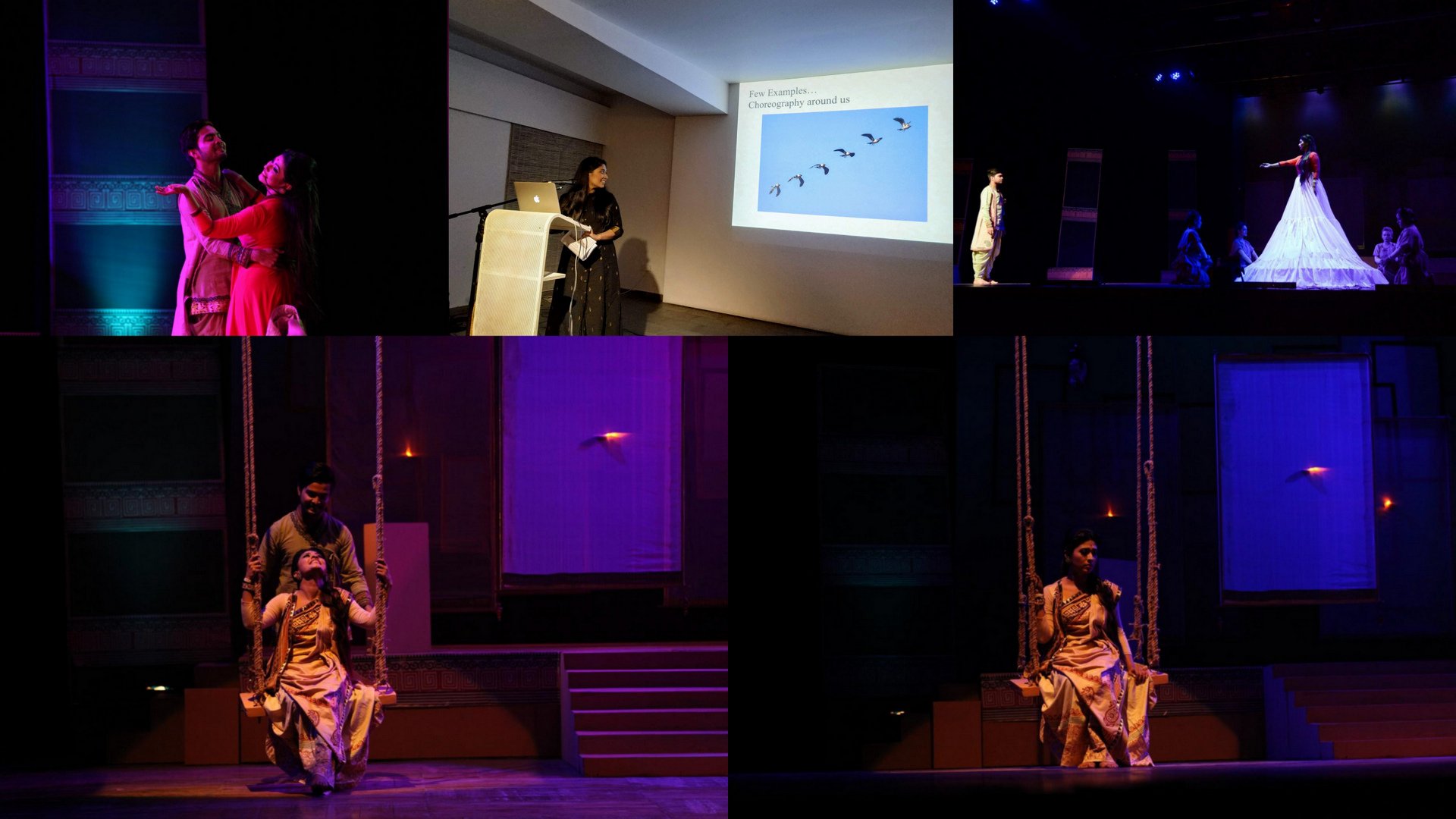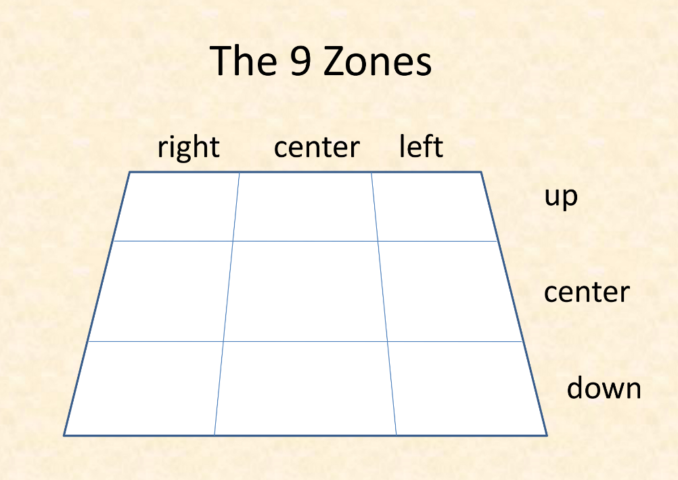

Pooja Sengupta believes dancers integrate movement in space; in multi dimensional setting dancers create an image that the audience takes back home. In Greek theater, Khoros is an important element. In the Greek myth of Oedipus, there is mention of ‘khoros’ which means doing something together. When something is done together, lines are created with the body. Patterns are made which cannot be seen. Choreography can be dissected as ‘khoros’ and ‘graph’ (which mean drawings) and for Sengupta, choreography simply means dance writing.
Physicists, artists and philosophers all believe everything began with a point. A line is a series or continuous collection of points. A collection of lines give angles or curvatures. A collection of angles/curvatures give us planes. A collection of planes give us space. She explains the correlation between choreography and space. She finds the relationship to be like that between a blank canvas and the colours. The colours represent the performers and the canvas is the space. In nature, the sky is a space and the birds flying in the sky are performers. In urban setting, the roads are the space and the cars, vehicles and pedestrians create movements like performers.
In performance space, there are 9 zones:

The correlation lies in the fact that choreography is controlled and customised by the space. The essentials in choreography are: performers, set, props, costumes, design. However, for Pooja Sengupta the most important element is balance between the space and empty space. Einstein believed that space is modified by one’s presence. When performers are placed in a close proximity, their mutual relationship and expression are very different than when they are placed far from one another. So empty space does matter as space is modified or altered by presence or absence of the performers,.